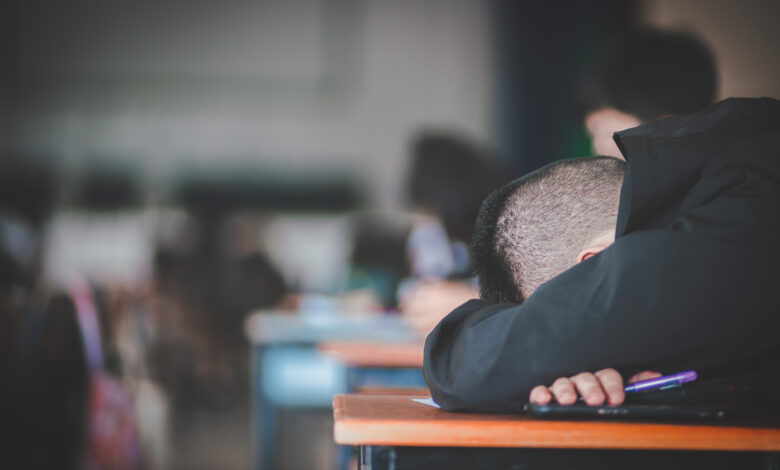
Official stand-down rates show Māori are stood down at twice the rate of Pākehā; experts say the statistic is yet another signifier of breaches in Te Tiriti in our education system.
Stand-downs are a disciplinary measure employed by state or state-integrated schools where a student is sent home for up to five days, for a total of ten days a year. The measure may be employed for a myriad of reasons including physical and verbal attacks, and smoking.
The rate for Māori is almost five percent, whereas for Pākehā students the rate sits at 2.5 percent. Lower-decile schools report higher rates of stand-downs than high-decile schools. Notably, kura kaupapa schools rarely use stand-downs as a form of punishment, meaning this inequality is manifest in mainstream schools.
In a statement made to RNZ late last year, Therese Ford-Cartwright, national coordinator of Te Akatea Principals’ Association, said inequity is a large contributor to the difference in stand-down rates by ethnicity. Relatedly, the latest child poverty monitor figures note that almost 18 percent of Māori children were living below the poverty line as compared to 14 percent of Pākehā.
“There’s a lot of evidence around this. [Students] struggle to see themselves and be themselves within those contexts and that often manifests itself in negative behaviour which often leads to stand-downs and suspensions,” Ms Ford-Cartwright said.
In a report released by UNICEF in 2018, New Zealand was ranked as having one of the most inequitable education systems in the world. Local researcher Jess Berentson-Shaw found that one contributing factor in the inequity of our education system was the cost of schooling in New Zealand.
Associate Education Minister Jan Tinetti admitted last year that there were inequities in our education system. She said “we have a larger number of Pasifika and Māori students who are in lower decile schools and we’ve already acknowledged as a system that we need to do something around biases that may exist within the system.”
That “something” may be the new initative Te Hurihanganui, launched in 2020 and being piloted in six communities. The programme aims to address white privilege and racism in the education system.
But Rawiri Wright from Te Pūnanganui o Ngā Kura Kaupapa said that education systems “based on Tikanga Pākehā [are] never going to serve Māori students very well”.
“The underlying philosophies of those schools remain the same. Until it is more indigenised, until it is more a New Zealand framework [of education] it’s never going to serve Māori or Pacific students very well,” Wright said.
Ford-Cartwright disagrees, saying that a Te Tiriti based curriculum could make a difference.
“We have to help the people that work within the system, the adults who work within the system, the teachers and the leaders to understand Māori theories and Māori ways of knowing and being.”
And it seems the Ministry of Education concurs, with ongoing changes to the NZC and to NCEA. As stated on its website, one of the primary aims of these changes is to create a more equitable system, and better honour the crown’s obligations under Te Tiriti O Waitangi.









